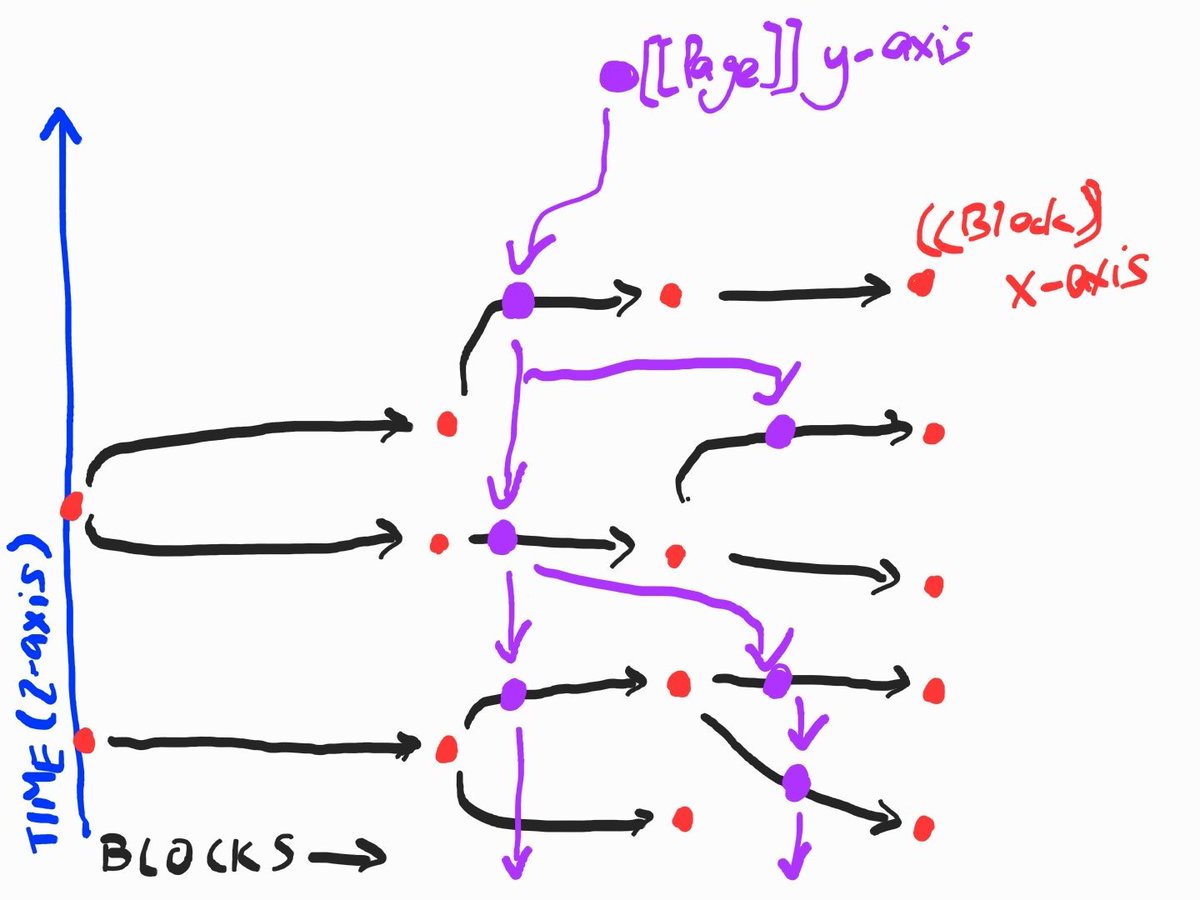
The directionality of attention is what drives usage of roam - not just the existence of bidirectional links. Some thoughts below...
Attention is like a spotlight - just as it can shift from a sound in the room to the taste on our tongue to a visual object or a sensation, it can move from 'concept' to 'concept'.
The shifting of attention from one object to the next object creates a chain of continuity. Going from bullet → bullet, idea → idea, or clicking links offers an unbroken chain of attention moving from object to object
As such, it is almost as if something 'invisible' is moving through an existing web of interconnected ideas - like a spider moving from one end of her web to another. But yet it's not just the movement but the "trail" that generates a threaded synthesis
It's not one big problem, but a sequence of small-problems solved each moment as we hold bits of information in working memory - we solve micro-problems moving from one end to the other
As such, it's not just one big 'synthesis question' that we have to solve - we unknowingly decompose big questions into smaller questions to solve - the question is finding out what these smaller questions or "checkpoints" are
for example - a patient comes in with acute chest pain - the big question comes "what's the problem and how to fix it?" But the first smaller question that comes is "is this urgent and does this fit into a dangerous critical condition like a heart attack or pneumothorax?"
in such a case, having links to chest pain from many [[conditions]] are not helpful at all - we would have to filter them down by how critical they are. Besides, attention is limited - it can only tend to 7+/-2 bits of information at any one time.
I'm not exactly sure how to communicate this, but maybe I can in future. It just feels like there is something missing.
• • •
Missing some Tweet in this thread? You can try to
force a refresh





